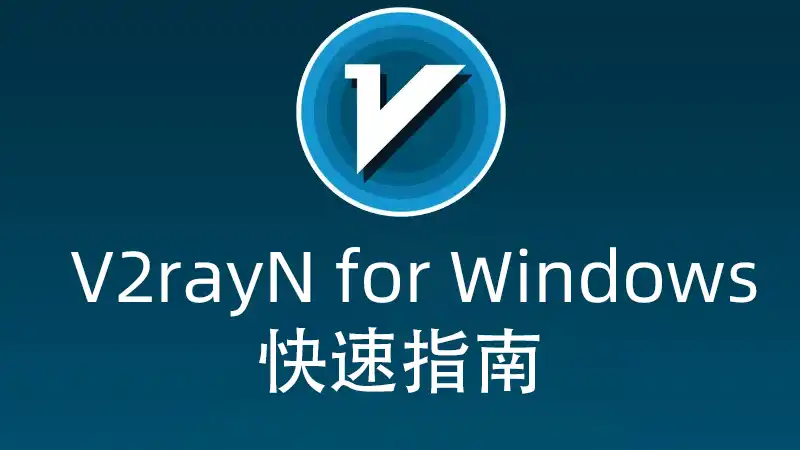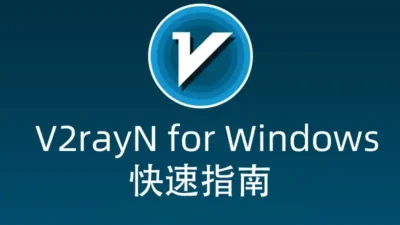This post is also available in: 简体中文 (Chinese (Simplified))
-
Table of Contents Outline
Quick tips for importing v2rayn triage rules
When it comes to network acceleration and privacy protection, v2rayn is a highly respected tool. This article will dive into quick tips for importing v2rayn triage rules to help you better utilize this feature.
The Importance of Triage Rules
Diversion rules allow users to direct traffic to different egress nodes based on specific conditions for more flexible network management. By properly setting up diversion rules, users can realize more efficient network acceleration and privacy protection.
Quick Import Tips
To quickly import a diversion rule, you first need to understand the syntax and format of the rule. Typically, diversion rules use conditions similar to domain names, IP addresses, or regular expressions to match traffic and specify the corresponding egress nodes.
The following is a sample rule:
DOMAIN-SUFFIX,example.com,ProxyA
In this rule, all traffic to domains ending in “example.com” will be directed to an exit node named “ProxyA”.
practical application
To better understand the application of diversion rules, let’s consider a real-world scenario. Suppose you want to accelerate traffic from a specific video site through a high-speed node, which can be accomplished by setting up a rule similar to the following:
DOMAIN-SUFFIX,youtube.com,ProxyB
In this way, all traffic to YouTube will be accelerated through a node called “ProxyB”.
Key summaries
By setting up diversion rules appropriately, you can realize more efficient network acceleration and privacy protection. A good grasp of the syntax and format of diversion rules can help you better utilize v2rayn as a powerful tool.

